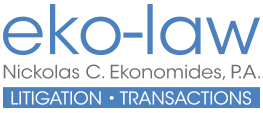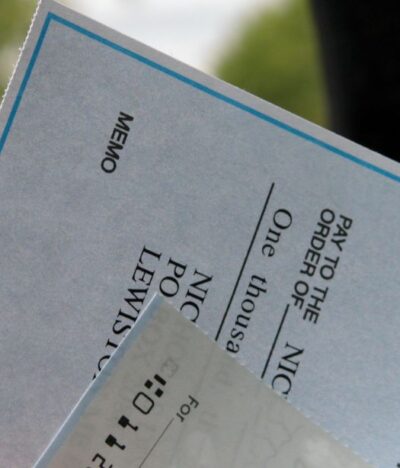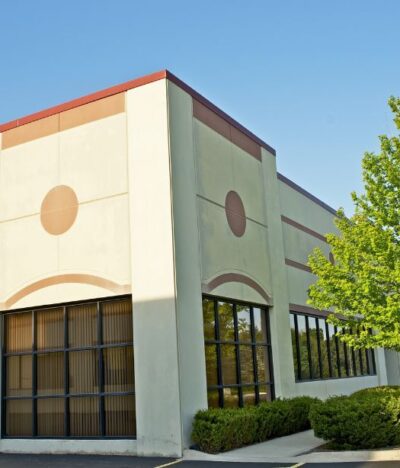Imitation, they say, is the greatest form of flattery. But ask a business owner if he would be happy to find out a competing company or ex-employee has copied the content of his website for their own. It is surely unfair after all your hard work to have someone simply take your business material. It may also be illegal and you may be able to pursue the liable party in a legal action.
Before you do that, it’s very important to know how to protect your website content from online copycats. Here are some important things to keep in mind when it comes to copyrighting your web content.
What is Protected by Copyright?
Any original work of authorship is protected as your copyright. This not only includes written material but also works of art, photographs, music, and software. Having a good understanding of copyright law is also important to make sure you are not infringing on someone’s copyright by having photos on your website that your developer “found” online.
How to Copyright Your Web Content
When you write an article or a blog post, you automatically hold the copyright to the content. Including the © symbol is not necessary to have your website content protected by copyright law. There is a practical consideration, however. Although your original content is automatically protected by copyright laws, you can only enforce your rights in a legal action if your works are registered with the U.S. Copyright Office. If your work is registered, you can sue in Federal court for compensation and force the infringer to cease use of your content.
Fair Use
It is hard to come up with something so original that no one has ever thought about it before or written something similar. The standard of Fair Use is therefore important to understand. Federal copyright law at 17 USC § 107 provides that copying is not infringement of copyright depending on the following factors:
-
- The purpose of copying the work. Was it for commercial gain or for nonprofit or educational use?
- The nature of the copyrighted work. Was it unique or was it based on general knowledge?
- The amount of the work copied. Was just part used or all of it copied?
- The effect on the market for, or value of, the work. Was the work so unique that the infringer could be said to have damaged it or taken market share?
For anyone that is serious about blogging, art, photography, or developing software, you should also familiarize yourself with the standardized copyright licenses and tools offered by the Creative Commons to help protect your works while sharing them. The Creative Commons is a non-profit organization that helps authors, artists, developers, educators, and publishers to copyright their website content. They are not a replacement for registering your works, but work alongside copyright.
Policing Your Content
You can use Google Alerts (http://www.google.com/alerts) to keep track of your content. Create alerts with key phrases you are using in your content and Google will send you an email with the link to the website where that particular phrase is published “anywhere” on the Internet.
Another way to check content is with Copyscape which checks for use of your content elsewhere by giving you a copy of the website and content that is the same or similar to your own.
Every business should be concerned with their website content being original and not copied. With a little effort, and some prioritizing of the most important content, you are in the position to take advantage of protecting your brand and ensuring its value is not diminished.







